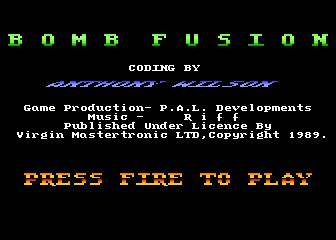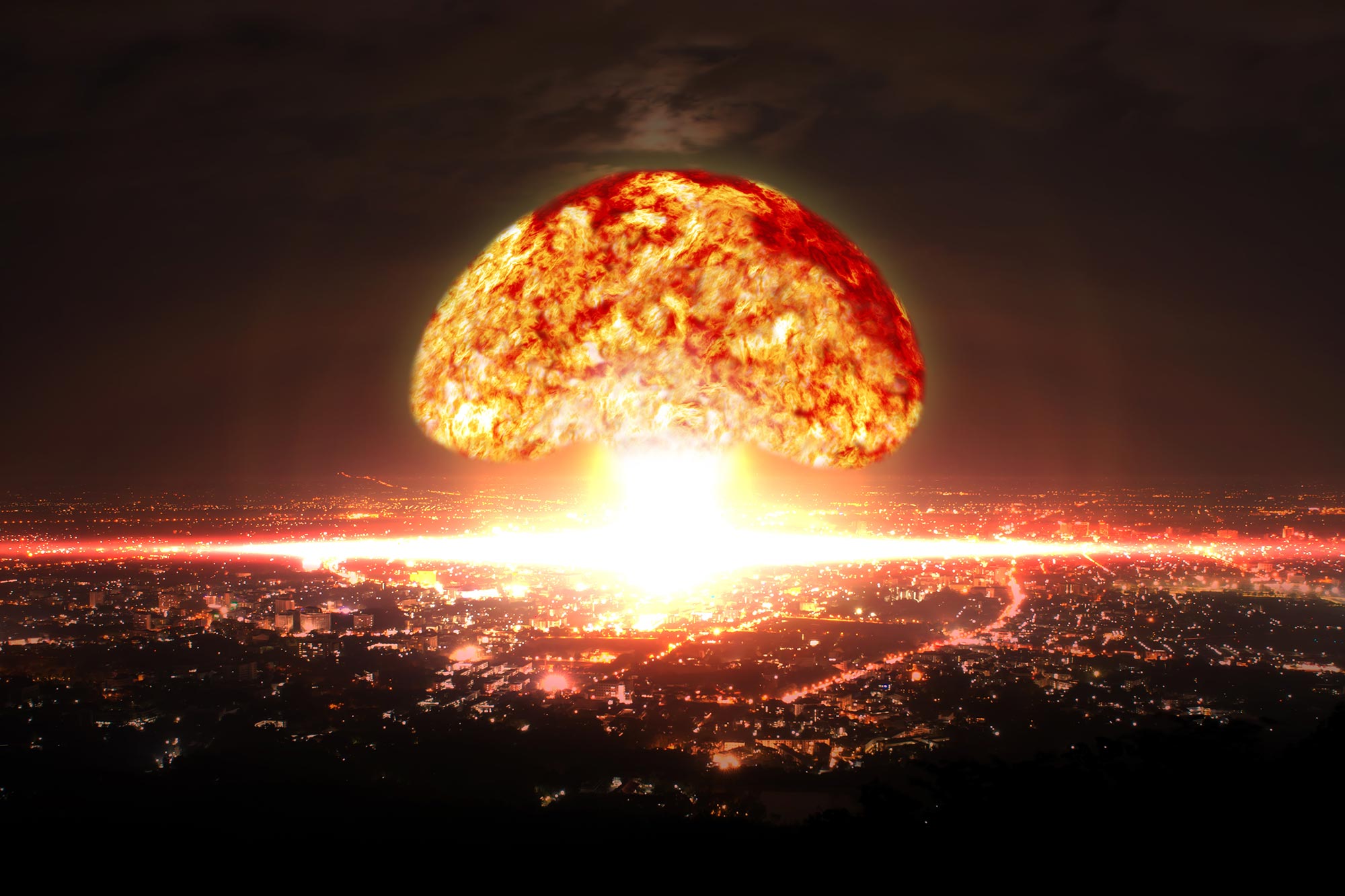

The Nagasaki bomb three days later killed 40,000 immediately, rising to 140,000 by 1950.By the end of 1950, the death toll was 200,000. Around 75,000 people were killed immediately but many more died from radiation poisoning. Everybody within half a mile of the centre of the blast was killed and 92 per cent of the city’s structures were destroyed or damaged. The heart of the explosion reached several million degrees centigrade. The 15 kilotonne bomb dropped on Hiroshima in 1945 destroyed 13 square kilometres of the Japanese city.Their explosions kill indiscriminately on a massive scale, and their radioactive fallout can continue causing fatal illness for years to come. Nuclear weapons are far more destructive than conventional bombs. The destructive power of a nuclear explosion is measured in kilotonnes (which are equivalent to thousands of tonnes of TNT) and megatonnes (equivalent to millions of tonnes).In a similar process to the sun, they work by using fission energy to compress and heat fusion fuel. Hydrogen bombs (also known as H-bombs, thermonuclear bombs or fusion bombs) produce energy through nuclear fusion reactions, and can be over a thousand times more powerful than fission bombs.Atomic bombs (also known as A-bombs or fission bombs) produce their explosive energy purely through nuclear fission reaction.The most powerful fission explosion is achieved by using enriched uranium and plutonium atoms, which are unstable and radioactive. This releases colossal amounts of energy, and particles that collide with more and more atoms causing an exponentially growing chain reaction.

Thousands are deployed on land, at sea and in the air, posing the constant threat of nuclear war and radioactive contamination.Īn atomic explosion is a chain reaction in which atoms are split.

There are over 27,000 nuclear weapons in the world.


 0 kommentar(er)
0 kommentar(er)
